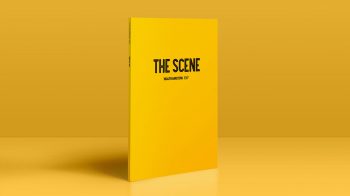Amazon Prime. The prime example of usability gone wrong.
Genuinely don’t know how to start this post, with a whoop, a sigh of relief or wry smile. Did anyone else see this Amazon news coming out of the US and feel the same?
https://bbc.in/447Xf46
When my career was growing up with all this, website design from the late 90s on was always dominated by usability and the user journey, Jakob Nielsen rules and all that. Our lives as designer/developers was all about making it easy for our audience to get or get to where they wanted in the clearest and simplest way possible.
And yet, these days it seems the opposite is true. Websites seem to go out of their way to trick their audiences, have I signed up for this or not, have I subscribed, why do I need to join just to buy this? All the marketing tricks in digital that someone somewhere thinks is a good idea without a single thought for the customer or indeed the companies own reputational value.
A note to those that think its clever to insist or trick customers into additional purchases, subscriptions or mailing lists – it negatively effects the purchase experience and your brand reputation. And for me, the prime example if you would, the crowning floater in the waterpipe, has always been Amazon.
Bloody Prime. Sixteen tricks to get you signed up and, after 3 months, and you notice the fee on your statement you want to unsubscribe, you need need to be Alan Turing with a masters in code breaking to make it happen.
There’s no need for it, its cheap, snide and unecessary. So well done the US Federal Trade Commission for mine. And for Amazon, a paragon of so many good things about online retail – a much needed shot across the old buffers what I say, and if it gets them to remodel the Prime subscription model into something a little more honest and transparent then it can only improve their service and reputation in my view.















